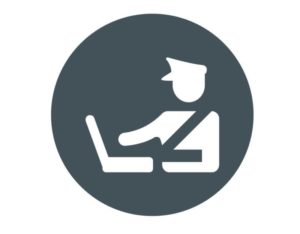U.S. Customs and Border Protection (CBP) is conducting a month-long pilot program at the Mariposa Port of Entry in Nogales, Arizona, testing biometric facial scans of travelers entering the U.S. in vehicles, with the aim to automate manual document checks and enhance security at the border crossing.

The pilot program uses facial recognition to capture images of vehicle occupants and match them against existing government databases, including passport photos, visas, and prior encounters.
“We are excited to be testing this innovative technology at the Mariposa crossing,” said Michael Humphries, Nogales area port director. “The new technology will enhance and further secure the vehicle entry process at our land border ports of entry.”
Photos of U.S. citizens are deleted within 12 hours, while those of foreign nationals are stored securely in the Department of Homeland Security’s Automated Biometric Identification System.
Following the pilot, CBP will evaluate the quality of facial images captured and the system’s ability to match them to existing records, and will use this assessment to inform future decisions regarding the implementation of facial recognition technology at other ports of entry.
While the technology is expected to streamline the entry process and help identify imposters, it has also raised privacy concerns. CBP maintains that the program complies with federal laws requiring biometric recording of foreign nationals entering and exiting the U.S.
A 2022 Government Accountability Office (GAO) report assessed the CBPs adherence to privacy recommendations concerning facial recognition technology in airports. The report found that while CBP had made progress in areas such as improving signage for travelers regarding the technology and opt-out options, it still fell short in auditing its partners, including airlines and contractors.
The GAO recommended that CBP expand its audits to ensure these partners are also complying with CBP’s privacy requirements.
Source: Tucson.com
—
May 21, 2024 — by Tony Bitzionis







Follow Us